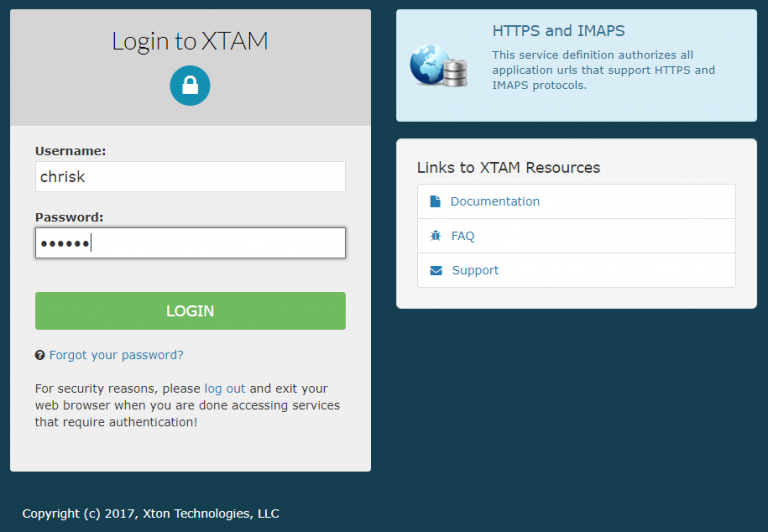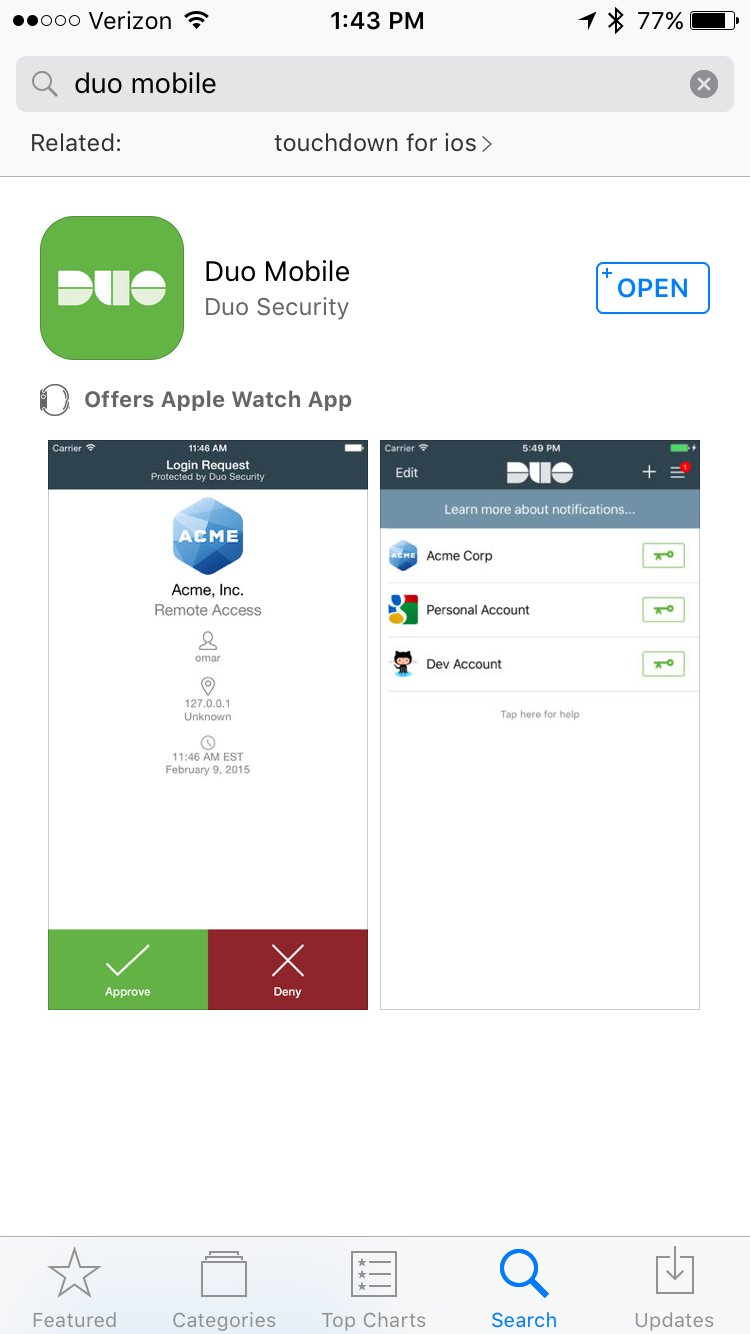
- #Duo mfa vs access install#
- #Duo mfa vs access android#
- #Duo mfa vs access verification#
- #Duo mfa vs access code#
- #Duo mfa vs access password#
You can configure Azure AD as the authentication source in place of the Duo IDP for a select group. Consider using the new staged rollout feature to support a phased migration of users. Get users to pre-register for Azure MFA via aka.ms/mfasetup From a user perspective this has the potential to be disruptive given the change in experience, and need to register for Azure MFA in place of Duo. Whilst not a technical “issue”, the net result of this is that you will need to cut over in much the same way as a migration away from ADFS.
#Duo mfa vs access password#
Users must enter the one-time passcode from the Duo Security app and their primary password to authenticate. Duo Security with Push/SMS/Call isn't supported for Amazon Workspaces with RADIUS.If the user is on a Windows device, the Touch ID option isn't available in the Duo Security app.Otherwise, the end user is prompted with the same method they were using before the factor was reset in or removed from Okta. In this case, to allow the end user to enroll in a different Duo Security authentication method, delete their enrollment in the Duo Security Admin Panel.
#Duo mfa vs access verification#
Likewise, if users remove Duo Security from Extra Verification in their End-User Settings page in Okta, the enrollment remains in Duo Security.

Add a new device appears if the Duo admin selected the Self-service portal option in the Duo Admin Panel.When enrolling in or authenticating with Duo Security, users can access the Settings menu in the Duo Mobile app for the following options: Depending on the Okta app sign-on policy, the user may also be prompted to set up another a factor, such as Security Question. During the flow the user is prompted to scan their fingerprint. Touch ID: The user follows onscreen prompts to enroll with Touch ID.
#Duo mfa vs access code#
Lastly, the user is prompted to activate their enrollment by scanning a QR code or clicking the option Email me an activation link instead.
#Duo mfa vs access install#
Then the user is prompted to install Duo Mobile or indicate that it's already installed. The user may also be prompted to receive a text or a phone call to verify their ownership of the phone number.
#Duo mfa vs access android#


In the Admin Console, go to Security Multifactor. Record these values and save them for when you add Duo Security as a factor. Integration generates the following values: In Duo Security, integrate your Duo Security account with Okta. End user settings in the Duo Mobile app.Depending on your Okta integration settings in Duo Security, end users can enroll with a smartphone, tablet, telephone, Touch ID, and security keys. Users without an existing Duo Security enrollment can enroll themselves when they sign in to Okta, or through their Duo Security account page.

You can change username mapping as described in this topic. When an end user signs in to Okta or accesses an Okta-protected resource, Okta looks up the user in your Duo Security account according to the user’s Okta username or email address. If you have a Duo Security deployment with existing enrollments, make sure that your Duo Security usernames match the Okta usernames or email addresses of your Okta users. When enabled as a factor, Duo Security is the system of record for MFA and Okta delegates secondary verification of credentials to your Duo Security account. You can add Duo Security as a multifactor authentication (MFA) option in Okta.


 0 kommentar(er)
0 kommentar(er)
